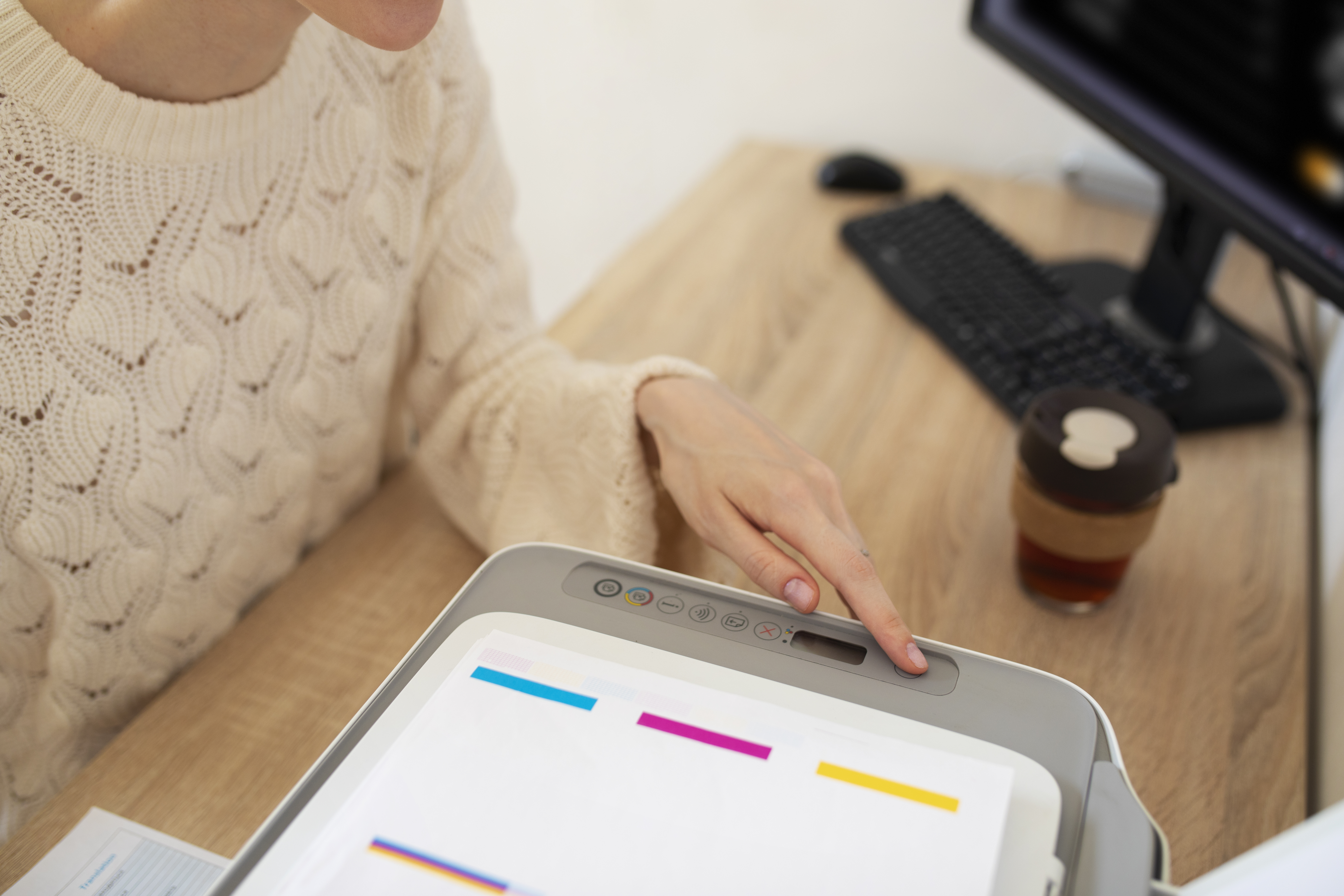How can AI actually helps Personal Color Analysis?
A question that’s been on my mind lately is the role of AI in color analysis. There are many angles to explore, but today I want to focus on the potential benefits and how AI could enhance this process.
First, it’s important to understand that, contrary to popular belief, the current number of color palettes—whether 12, 16, or 20—will never be precise enough for the 8 billion variations possible. I’m not exaggerating. The number of potential color palettes could be as vast as the number of people in the world, as each individual could be considered a unique Pantone color code with their own specific combination of pigments in terms of value, saturation, and temperature.
That’s why, for instance, if you are categorized as a Soft Summer, you might not perfectly match all the colors in that palette. If you have a very light inclination, it’s better to choose the lightest shades within that palette. However, we can’t simply edit, cut, and paste colors to fit you after the analysis. Instead, you end up with the best colors from within the 12, 16, or 20 palettes that are available. Wouldn’t it be great if we could select and print the perfect color palette right after the analysis?
This is where I believe AI could help us choose colors that precisely balance the addition of black, white, yellow, blue, and grey for your complexion. Instead of using general names like Spring or Summer, we could label the palette with your own name!
AI and technology could enable us to achieve this level of precision immediately after a color analysis—all we would need is a printer. This is where I see the true beauty of technology integrating with color analysis. However, before you ask, no, I don’t believe online color analysis works effectively, and I’ll explain why in a future post. For now, let’s dream of—and, not too far from now, perhaps achieve—our own unique color palettes.

